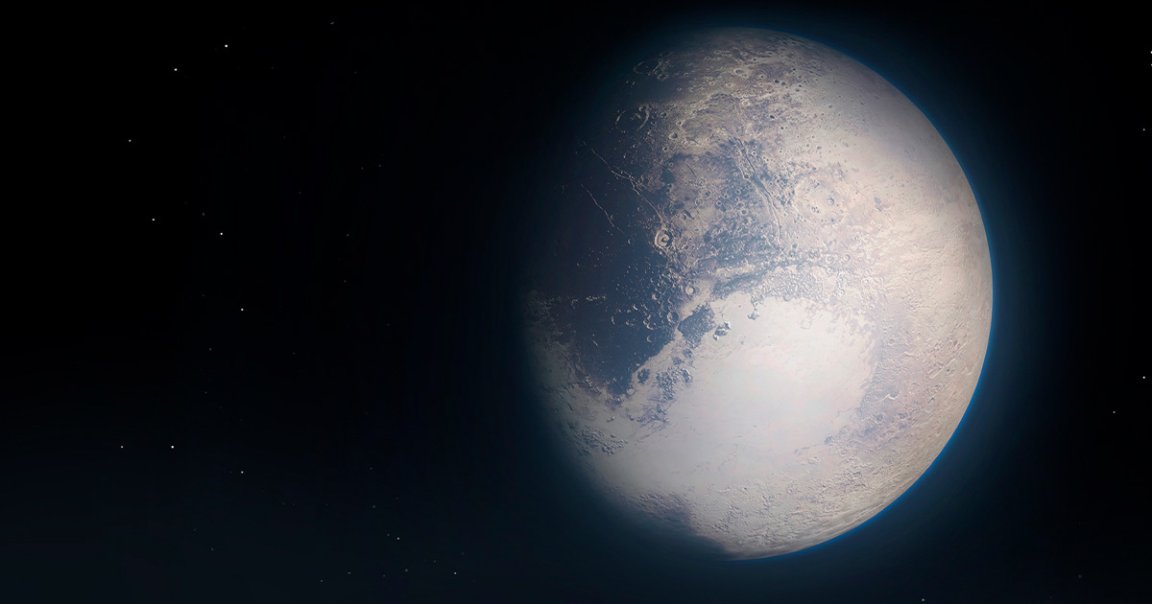
Chemical Makeup Artist
Using new readings from NASA’s powerful James Webb Space Telescope, scientists have detected previously unknown chemicals on the surface of Charon, Pluto’s largest moon.
The powerful space telescope was able to peer under the ice discovered on Charon nearly a decade ago to detect carbon dioxide and hydrogen peroxide on the moon, an intriguing discovery that offers us a tantalizing glimpse into its distant past.
Back in 2015, NASA’s New Horizons spacecraft flew by Charon, snapping pictures of its unusual, reddish hue. Until Webb came along, scientists were not able to get a deeper look at the moon’s chemical composition due to the technical limitations of previous telescopes.
Between 2022 and 2023, scientists used James Webb’s Near-Infrared Spectrograph to get a full-coverage portrait of the moon’s makeup and confirmed the presence of water ice and organic materials responsible for its red color on Charon’s surface.
“The advanced observational capabilities of Webb enabled our team to explore the light scattered from Charon’s surface at longer wavelengths than what was previously possible, expanding our understanding of the complexity of this fascinating object,” explained Ian Wong of the Space Telescope Science Institute, who co-authored a new paper on the findings published in the journal Nature Communications, in a statement.
Bottom’s Up
The telescope’s spectrographic readings of Charon were detailed enough to allow the multi-institutional team to come up with theories as to how each chemical ended up on the moon’s icy surface.
“Our preferred interpretation is that the upper layer of carbon dioxide originates from the interior and has been exposed to the surface through cratering events,” explained lead author and Southwest Science Institute TK Silvia Protopapa. “Carbon dioxide is known to be present in regions of the protoplanetary disk from which the Pluto system formed.”
The hydrogen peroxide, meanwhile, could have been the result of ultraviolet solar light interacting with energetic particles from cosmic rays — though even that finding seems to point to a new discovery.
Coauthor and planetary scientist Ujjwal Raut said that the team’s experiments “were instrumental in demonstrating that hydrogen peroxide can form even in mixtures of carbon dioxide and water ice under conditions analogous to those at Charon.”
As always, the JWST is proving just how powerful it is — and how much more there is for us to discover about Pluto’s five moons.
More on Webb observations: Scientists Spot Giant Black Hole Destroying Galaxy